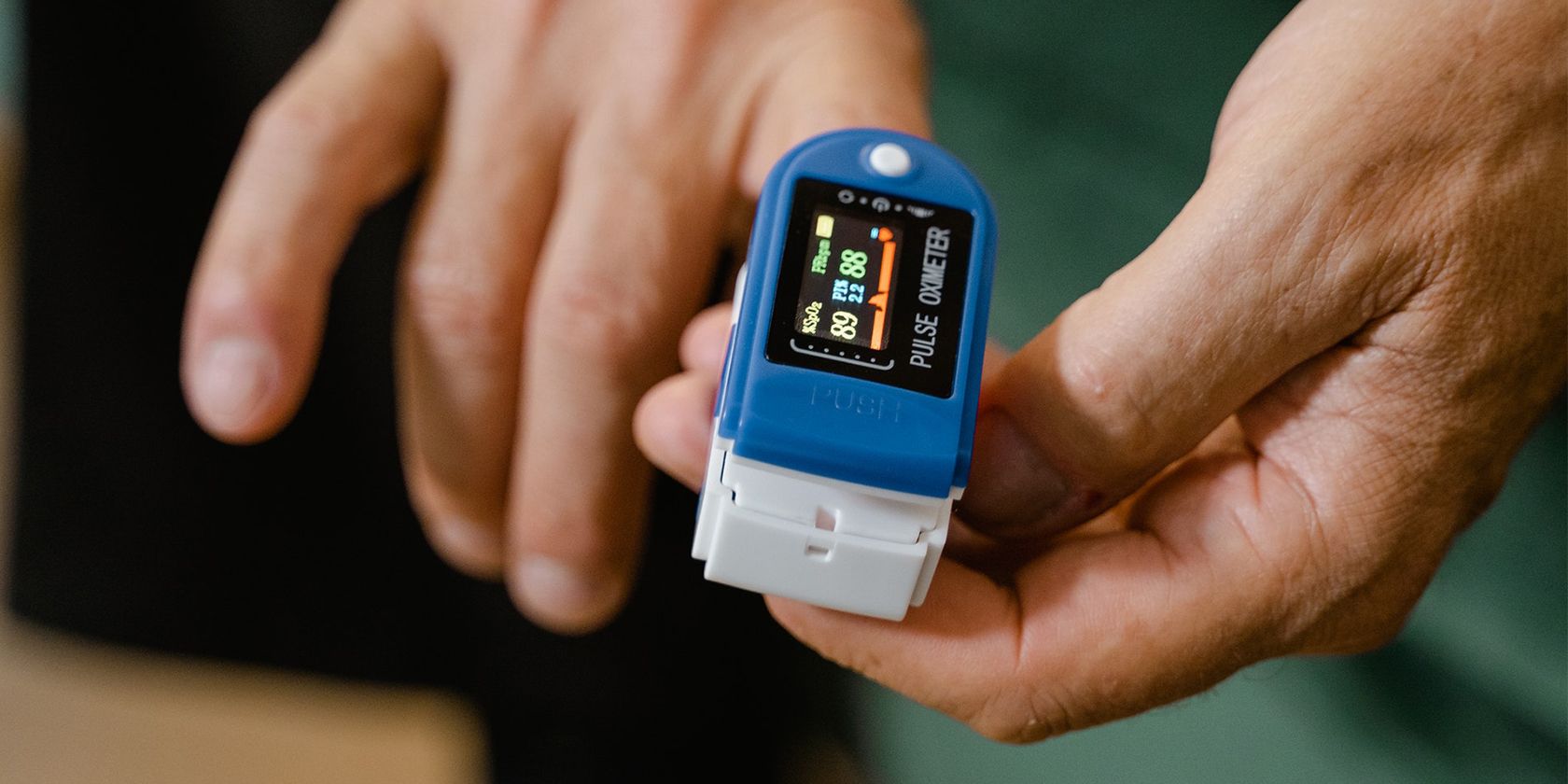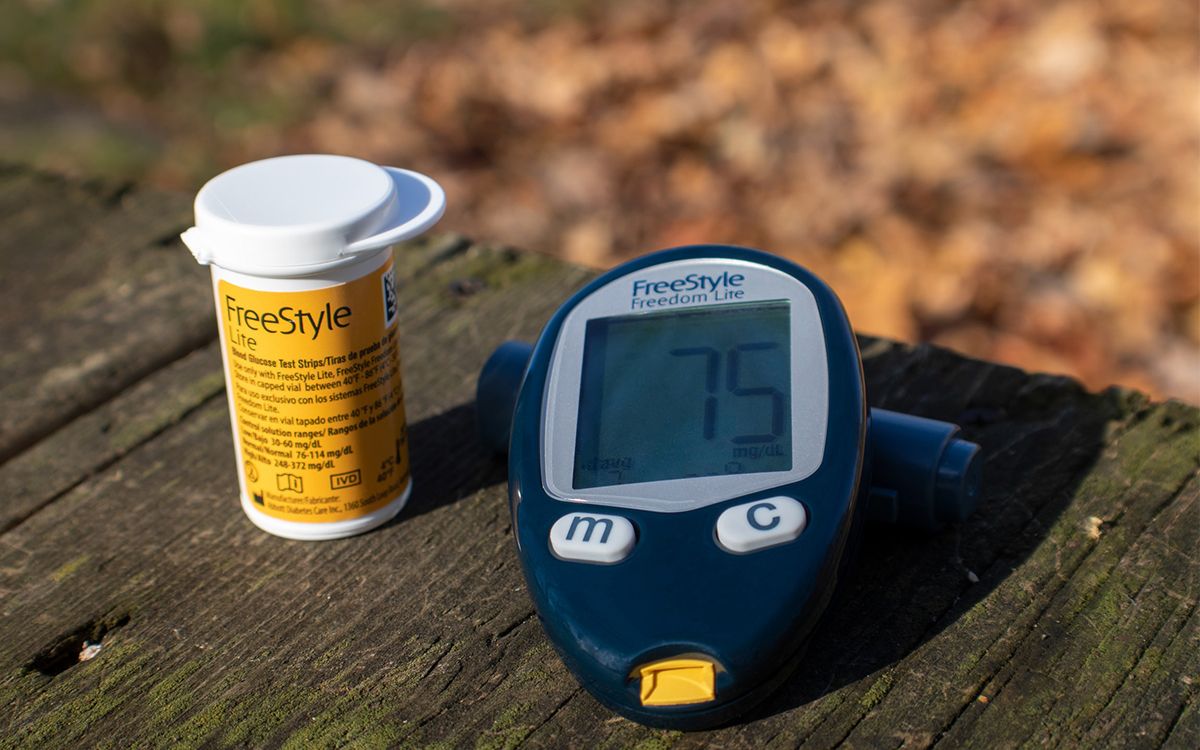Telehealth has proven to be an effective alternative to traditional healthcare. It relies on remote patient monitoring (RPM) devices, which can help relay critical information to doctors in real-time. However, there are several types of RPM devices to choose from.
Remote patient monitoring tools include a range of popular consumer devices. Beyond video consultations and smartwatches, there is a range of devices that can record and transmit specific health data and help make telehealth services more accessible and accurate. Here's an introduction to the world of RPM devices and how they can benefit you.
What Is Remote Patient Monitoring?
RPM monitors a patient’s health data outside a traditional healthcare setup. You can use RPM when traditional healthcare services are not accessible or for added convenience. Doctors can monitor health data such as glucose levels, heart rate, sleep data, and much that these IoT devices send directly to them.
Also known as remote patient management, RPM helps cover the shortcomings of in-person check-ups. RPM devices such as smartwatches can be worn all day. Hence, the ability to monitor your health while your work, play, or sleep makes this a great alternative or complement to traditional healthcare. For example, if you have an abnormal fluctuation of blood glucose or heart function at work, you might not notice, but the RPM device will instantly alert your doctor. Thus, it cuts the time taken to schedule an appointment and get a diagnosis.
Types of Remote Patient Monitoring Devices
Every RPM device has a specific function and serves different patients. All the devices collectively help improve the scope of telehealth services. The following are some widely used remote patient monitoring devices.
Smartwatches
Smartwatches are some of the most popular RPM devices available. They are accessible to many people and some are relatively affordable. Even the most basic smartwatch can track your heart rate and steps taken per day. Meanwhile, more sophisticated watches can monitor your sleep patterns, track blood oxygen levels, and even detect if you have fallen over.
The Apple Watch Series 7 can take ECG readings, which can be extremely helpful in detecting irregular heart activity. The Apple Watch uses an electrical sensor to record a single-lead ECG. That helps determine any irregular sinus rhythm or atrial fibrillation (AFib). Then, you can share the data as a PDF with your doctor. The watch also sends mobile notifications when it detects any abnormal pattern. There are many other health and fitness features in the Apple Watch that make it a great RPM device, as well.
Glucose Monitors
According to the CDC, around 11.3% of the US population has diabetes. For millions of people, monitoring blood glucose levels is critically important. Traditional glucose monitors do not have any IoT functionality, and creating and sending manual reports to your doctor increases the risk of errors. On the other hand, a smart glucose monitor like the CareSimple glucose monitor comes with cellular connectivity to make data sharing simple.
The CareSimple glucose monitor is pre-configured and ready to use out of the box. You get results within five seconds of taking a test. Additionally, it syncs the readings in near real-time with the CareSimple clinical portal. This device can monitor type 1, type 2, and generational diabetes.
Remote Maternity Care
Remote maternity systems monitor the health of pregnant and post-partum patients from the comfort of their homes. Regular check-ups are extremely important during this stage, but you can avoid the hassle of in-person check-ups through remote patient monitoring.
Remote maternity care can comprise multiple RPM devices. Services such as AMC Health monitor a patient’s daily vitals (weight, pulse oximetry, and temperature), include video check-ups, and analyze weekly health data. Devices such as smart scales and blood pressure systems are used. Low-cost remote care may be helpful in managing or reducing some risks for pregnant and post-partum patients.
Smart Scales
Weight management is important for nearly everyone, as it can affect cardiovascular and joint health, among other factors. Conditions like high blood pressure, diabetes, and asthma are all linked to obesity. Hence, smart scales can form an integral part of the weight management ecosystem. Through a smart scale, your doctor can get day-to-day updates on your weight fluctuations and changes in body mass.
This data is immensely valuable to detect changes in health conditions and develop effective control mechanisms. Smart scales, such as the one offered by 100Plus, may come with cellular connectivity and the ability to sync readings from anywhere in the world. For congestive heart failure and chronic obesity patients, even a slight increase in weight can be dangerous. For such patients, a smart scale is a particularly valuable RPM device.
Medical Alert Systems
Medical alert systems are a set of RPM devices designed primarily for the elderly. They monitor and alert healthcare workers or family members when they detect unusual activity, such as a fall. While early senior-care systems had some technological limitations, some RPM devices, such as the AltumView Systems Sentinare 2, can effectively monitor the well-being of the elderly.
AltumView’s RPM systems are powered by AI and machine learning. They can detect falls, recognize faces, initiate voice calls, and set up geofencing for dementia patients. The Sentinare 2 also has gesture recognition which means the patient can ask for help with the wave of a hand.
Why Should You Get An RPM?
RPM has continued to improve over the years. It offers numerous benefits to both healthcare professionals and patients. Presently, RPM devices form a vital part of telehealth services, helping make healthcare more accessible to everyone.
With more accurate data available in near real-time, physicians can provide the best possible healthcare remotely. Telehealth facilitates affordable treatment for a wide range of conditions, so investing in an RPM device may help you save money in the long term. And as RPM devices become more cost-effective, the technology's benefits can continue to grow.
How Effective Are RPM Devices?
Several scientific trials have established that RPM devices have a positive impact on the health of patients. For example, a study published in the Journal of Medical Systems found that RPM produced promising results for congestive heart failure patients: participants who used an RPM system were less likely to have their readings fall out of the healthy range.
Another study, published in JMIR, found an increase in patient engagement when using RPM devices. All eight pregnant women who participated in the study reported a high satisfaction rate and increased engagement after using RPM devices.
RPM Devices for Improved Healthcare
Remote patient monitoring is still a work in progress. As health sensors become more accurate, these devices will continue to provide better readings. Many devices already incorporate AI to recognize patterns in health data, which can save time and improve analysis. Thus, using RPM devices can help patients with a variety of needs better manage their healthcare.



